No two Global Mobility functions are alike. Their structures are shaped by a complex mix of company size, industry, geographic spread, business strategy, and how the organization approaches talent development. What works for a global consumer goods company may not be suitable for a fast-growing tech firm—or a resource-focused multinational.
As part of our commitment to supporting evolving talent strategies, AIRINC conducted fresh, in-depth research to explore how Global Mobility functions are designed and executed across industries. Read more on the original paper here. Our latest publication, The Global Mobility Function: A Collection of Case Studies, includes detailed case studies drawn from interviews with Mobility leaders around the world.
To bring those insights to life, this blog series presents real-world examples grouped into four broad classifications:
- Operator: Functions that emphasize efficient execution and consistency, often with high volumes or administrative complexity.
- Enabler: Teams focused on delivering a high-quality employee experience, often aligned with talent development.
- Advisor: Lean functions that provide expert guidance on policy, compliance, and business alignment.
- Planner: Strategically embedded teams that influence global workforce planning and talent mobility.
In this second post from the series, we turn our attention to Enabler-focused Mobility functions—those that prioritize employee experience and serve as advocates for Mobility within the organization. These functions often align closely with Talent or Total Rewards teams and focus on creating value by supporting the development and retention of top talent.
Case Study: An Evolving Mobility Program in a Consumer Goods Company
This large consumer goods company has designed its Global Mobility function around the strategic goal of building leadership capability through international experience. With 100 team members spread across three operational hubs, the company operates a robust centralized structure supported by specialized sub-teams in Policy, Technology, and Tax.
The function sits within the People & Culture organization and works hand-in-hand with Talent on initiatives like “Talent Mobility,” which aims to develop successors for key leadership roles. Mobility is not viewed as a logistical hurdle but as a strategic enabler of career growth.
A dedicated Assignment Management System (AMS) underpins the function’s case management and compliance capabilities. Unlike organizations that rely on external tax advisors, this company has built internal tax expertise to manage compliance and reduce advisory costs.
Outsourcing is selective. RMCs handle relocation and DSP services, but the internal team owns the employee relationship—a critical part of maintaining a high-touch Mobility experience.
Key Strength: Deep internal expertise and organizational integration allow the team to align Mobility with leadership development goals.
Takeaway: When Mobility is positioned as a talent enabler, the function can deliver significant organizational value—especially when backed by strong internal capabilities and technology.
Case Study: Centralized Mobility in an Automotive Company
This automotive firm’s Global Mobility function operates within a Corporate Shared Services (CSS) framework, with five specialists managing both international and domestic assignments. While the structure supports administrative efficiency, it limits the team’s ability to engage with business leaders or drive strategic talent outcomes.
The team handles about 350 cases annually, focusing on execution. Immigration and travel are managed by other departments, which limits Mobility’s scope. Manual processes and spreadsheets remain the primary tools for tracking assignments, which creates scalability and reporting challenges.
Outsourced services are managed centrally by a Senior Manager of Travel, further reducing the Mobility team’s direct control over vendor relationships. Despite this, the team maintains clear processes to ensure accuracy and compliance.
Key Strength: Well-defined administrative processes ensure consistent delivery within the CSS structure.
Takeaway: Enabler functions benefit from ownership of the employee experience. Strategic engagement and investment in dedicated technology could help this team evolve into a stronger advocate for talent.
What’s Next in the Series?
Enabler-focused Mobility teams show how Mobility can serve as a platform for talent development, not just relocation support. In our next post, we shift to Advisor-focused functions—teams that provide expert guidance on policy, compliance, and internal consulting.
Stay tuned!
Prefer to watch a webinar?
Revisit our webinar: What is the Optimal Way to Structure your Global Mobility Function?
What do companies need to take into consideration when structuring their Global Mobility function? It should reflect the needs of the company, the size of the program, attitudes towards talent development, geographic reach, and industry. Watch again here.


%20(52).png)

%20(5)%20(1).jpg)

